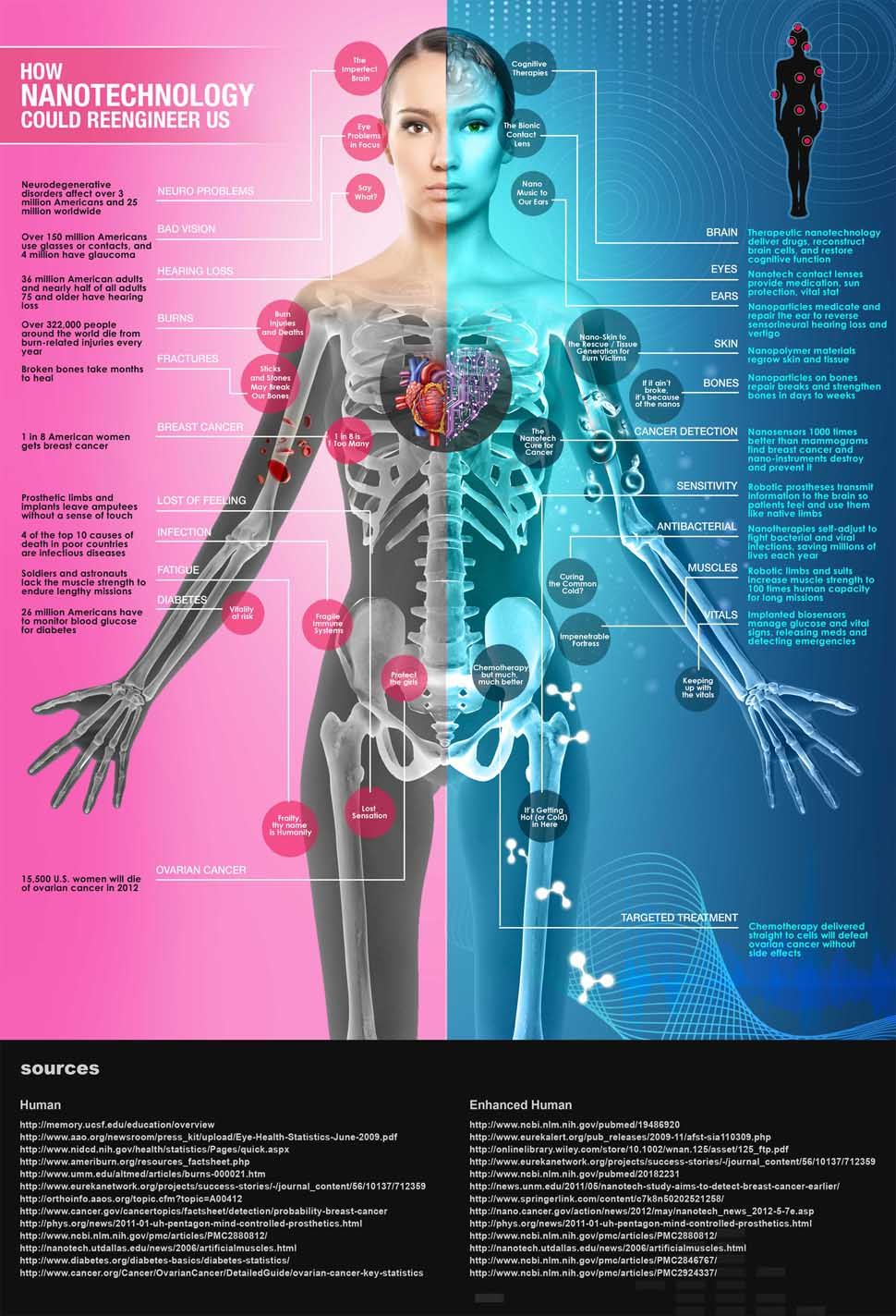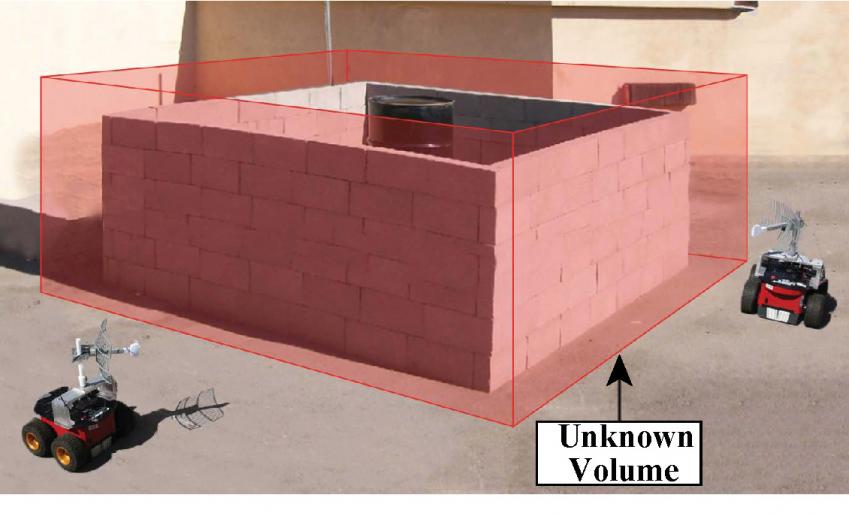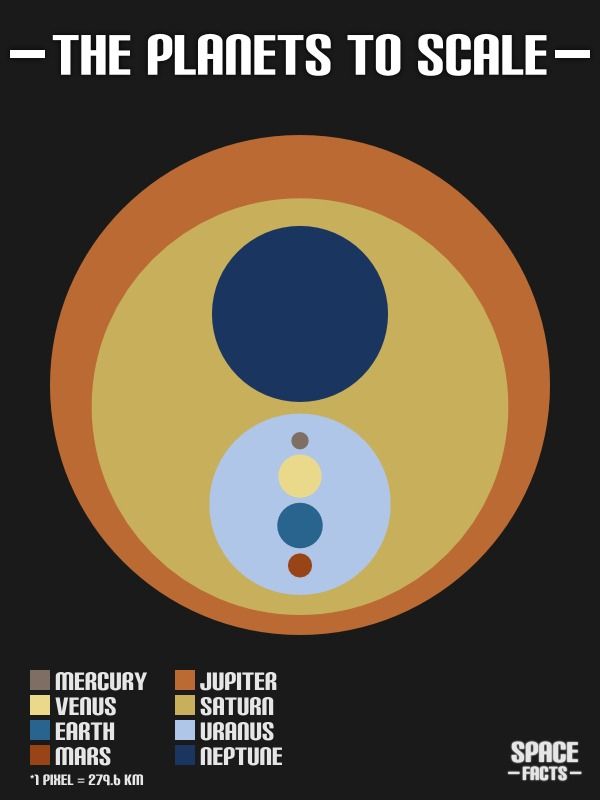Sep 21, 2015
World’s smallest microphone is made from a single molecule
Posted by Shailesh Prasad in category: materials
A team of scientists from Lund University in Sweden has figured out how to turn a single molecule into a microphone by making it capable of detecting the vibrations produced by sound waves.
This minuscule microphone works by embedding a single molecule of a substance called dibenzoterrylene (DBT) in a tiny crystal of a hydrocarbon material called anthracene. When the crystal is exposed to sound waves, the DBT molecule is disturbed by the vibrations, and it vibrates in response.
“This movement changes the interaction between the electron clouds of DBT and anthracene, which ultimately result in a slight shift in DBT’s fluorescence,” explains Sarah Zhang at Gizmodo. “By tracking the fluorescence of just a single molecule of DBT, the scientists could track the frequency of the sound.”















